Gardeners often cringe at the thought of insects invading their carefully cultivated green spaces. But before you reach for that chemical pesticide, consider this — not all bugs are bad news.
In fact, many insects play a crucial role in maintaining a healthy garden ecosystem. From pollinators to predators to parasites, these creatures can be your most valuable allies in growing a bountiful garden.

But how exactly do these insects benefit our gardens? How can we tell them apart from their destructive counterparts? And what can we do to attract more of these helpful creatures into our green havens? In this comprehensive guide, we delve into the fascinating lives of these tiny champions, unraveling their secrets and learning how they contribute to our gardens’ success.
With a deeper understanding of the essential roles different insect species play, you can work with nature to create a thriving garden without resorting to harsh chemicals. So, roll out the welcome mat, and let’s explore the world of beneficial insects!
How Are Insects Beneficial?
A healthy garden is a delicate balance between pests and beneficial insects. While some bugs damage plants by munching on their leaves or spreading harmful diseases, others help to control pest populations and promote plant growth.
Understanding the roles and contributions of insects in your garden is vital for fostering a flourishing ecosystem.
What Are Bugs with Benefits?
In the following sections, we will introduce you to various beneficial insects from three main categories: pollinators, predators, and parasites. Each plays a unique role in supporting your garden’s ecosystem.
Let’s take a closer look at how these helpful creatures contribute to the health and productivity of your garden and discover representatives from each category:
Pollinators
The tireless work of pollinators enables plants to reproduce and bear fruit, making them the unsung heroes of any bountiful garden. These nectar-loving insects transfer pollen from one flower to another as they feed, playing an indispensable role in plant fertilization, fruit production, and maintaining overall plant diversity.
By attracting a variety of pollinators to your garden, you can enjoy increased fruit yields, more vibrant blooms, and a thriving ecosystem that supports a diverse range of plant and animal life.
Honeybees (Apis)
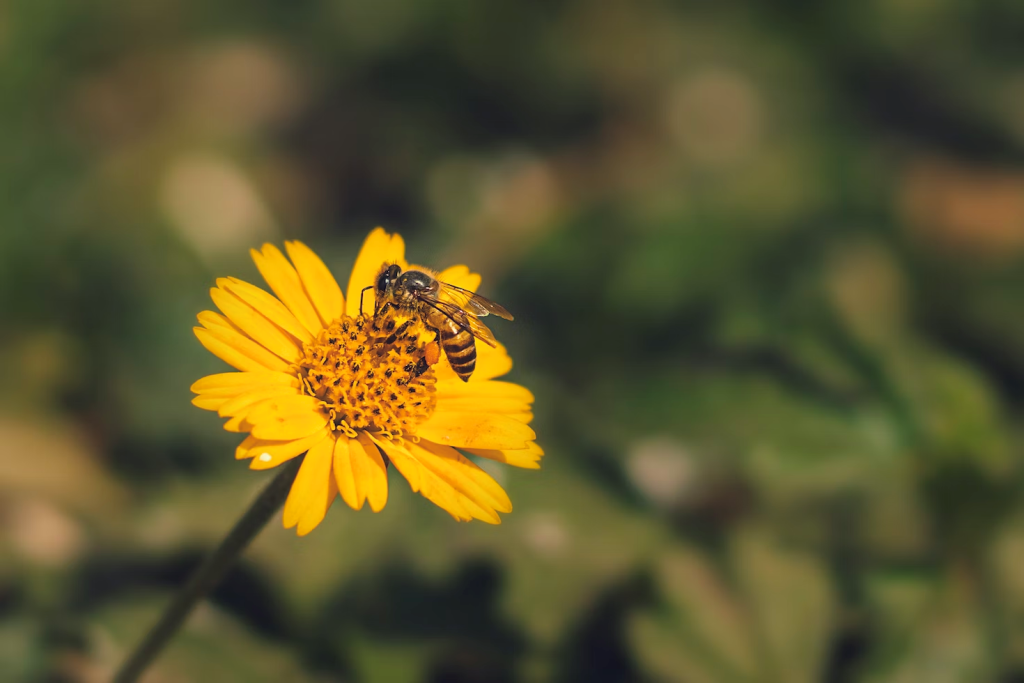
These social insects are renowned for their importance in agriculture as major pollinators of various fruits, vegetables, and flowers. Honeybees play a crucial role in global food production by pollinating around one-third of the crops we consume.
In addition to their invaluable pollination services, honeybees also produce honey and beeswax.
Bumblebees (Bombus)

Larger and fuzzier than honeybees, bumblebees are excellent pollinators for tomatoes, peppers, and squash.
Their unique “buzz pollination” technique — vibrating their wings rapidly while holding onto a flower — releases pollen that other pollinators may not be able to access. This makes bumblebees vital for the reproduction of many plant species.
Butterflies (Rhopalocera)
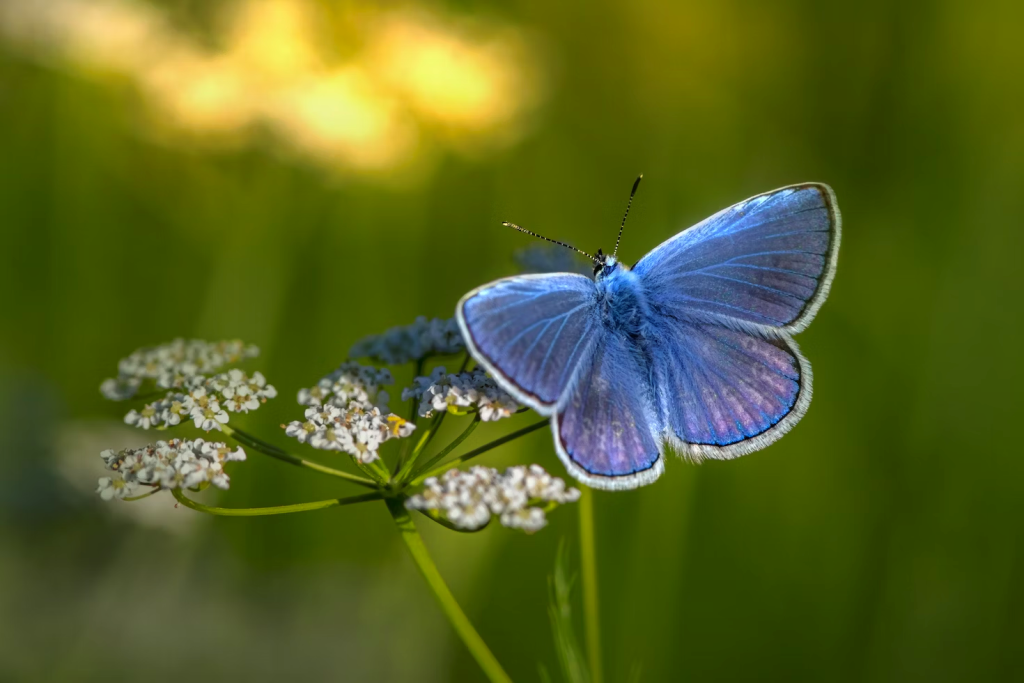
These beautiful insects are not just a delight to watch — they’re also effective pollinators for various flowering plants.
Butterflies prefer flat, open flowers where they can easily land and access the nectar. They often pollinate wildflowers and other ornamental plants, contributing to the beauty and biodiversity of your garden.
Hoverflies (Syrphidae)
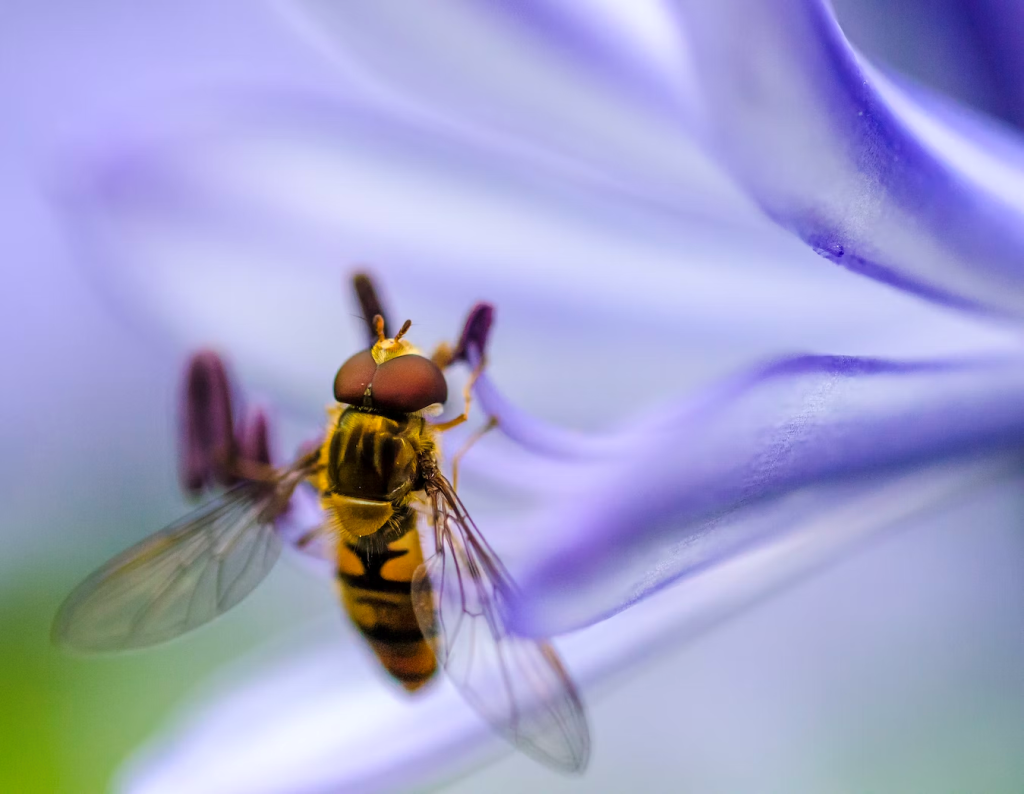
With their distinct hovering flight pattern, these flies are valuable pollinators that can also help control aphid populations.
Adult hoverflies feed on nectar from various flowers, transferring pollen as they move between blossoms. Their larvae, on the other hand, are voracious predators that feast on soft-bodied pests like aphids.
Solitary bees

Often overlooked, these non-aggressive bees are essential pollinators for many plants, including fruit trees and wildflowers. Unlike honeybees and bumblebees, solitary bees do not live in colonies and instead nest in hollow stems or holes in wood.
With over 200 species worldwide, including carpenter bees, leafcutter bees, mason bees, and sweat bees, solitary bees are incredibly diverse and play a vital role in maintaining plant diversity and productivity.
Welcoming pollinators into your garden and providing them with suitable habitats means you’ll not only enjoy a more productive and beautiful space but also contribute to the well-being of these vital insects whose populations face increasing threats from habitat loss, pesticides, and climate change.
Predators
Nature’s pest control agents — predatory insects — help keep populations of harmful bugs in check by feeding on them.
By introducing or encouraging natural predators into your garden, you can reduce the need for chemical pesticides and maintain a healthy balance between pests and beneficial insects. These predatory insects not only save your plants from potential damage but also contribute to the overall biodiversity of your garden.
Ladybugs (Coccinellidae)

Also known as ladybirds, these colorful beetles have a voracious appetite for aphids, mites, and other soft-bodied pests. A single ladybug can consume up to 50 aphids per day, making them an efficient and eco-friendly alternative to chemical pest control.
In addition to their pest-controlling prowess, ladybugs are also considered symbols of good luck in many cultures.
Praying Mantises (Mantodea)

These fascinating insects are skilled hunters that feed on a wide variety of pests, including caterpillars, flies, and even other insects such as beetles.
They employ stealthy tactics and lightning-fast reflexes to capture their prey, providing natural pest control and endless fascination for gardeners. Their unique appearance and predatory abilities make praying mantises not only beneficial to your garden but also intriguing creatures to observe.
Related: Bugs That Looks Like Grassphopers But Fly
Ground Beetles (Carabidae)
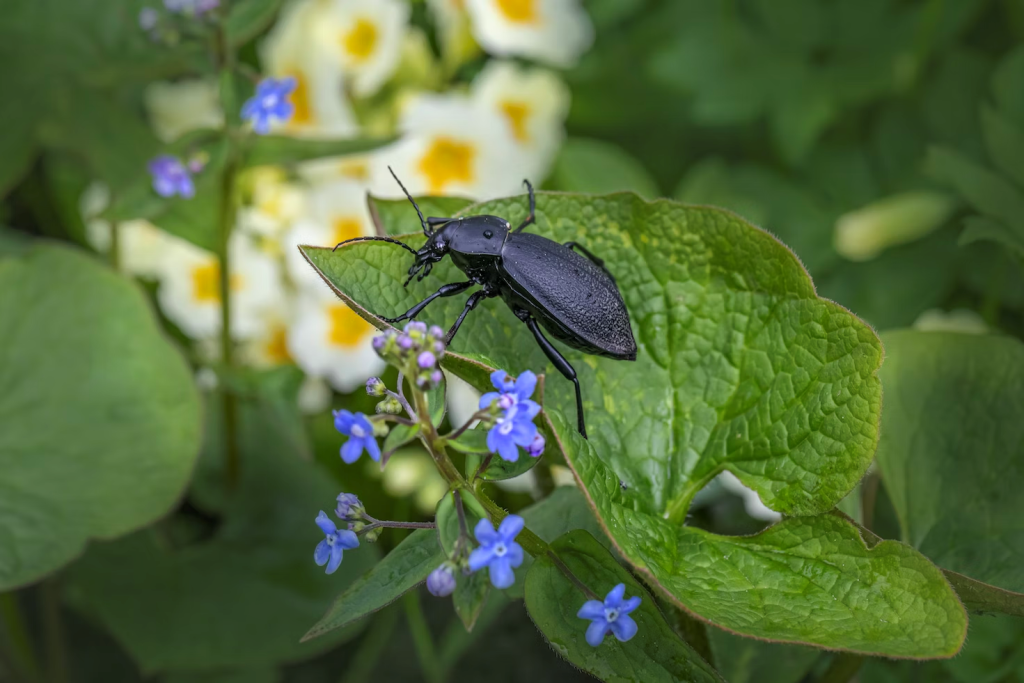
These nocturnal predators feast on slugs, snails, cutworms, and various larvae that might damage your garden. With over 2,000 species in North America alone, ground beetles are highly diverse and adaptable to various environments.
By providing shelter in the form of rocks or logs and avoiding the use of broad-spectrum pesticides, you can encourage these beneficial beetles to make your garden their home.
Green Lacewings (Chrysopidae)

The larvae of these delicate insects are voracious predators, feeding on aphids, mealybugs, and other soft-bodied pests. Adult green lacewings are also pollinators, feeding on nectar and pollen from flowers.
By attracting these dual-purpose insects to your garden, you can benefit from both their pollination services and their pest-controlling abilities.
Assassin Bugs (Reduviidae)
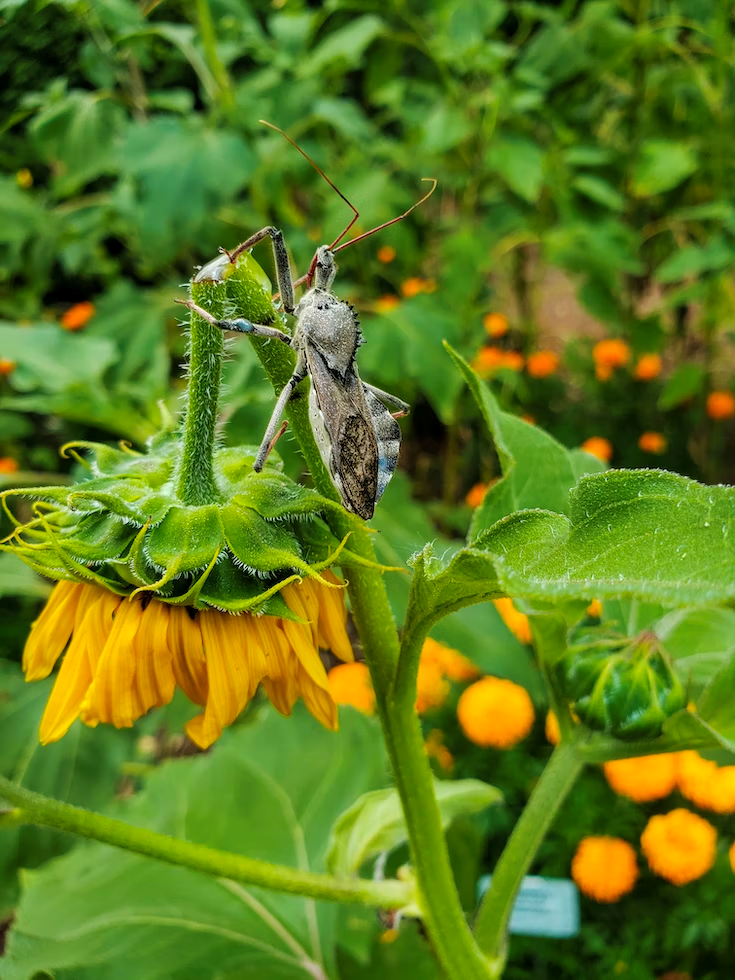
True to their name, assassin bugs are relentless predators that feed on a wide range of pests, including caterpillars, beetles, and even other predatory insects. Equipped with a sharp beak-like mouthpart known as a rostrum, they inject a paralyzing enzyme into their prey before consuming them.
Assassin bugs are highly efficient hunters that can provide excellent pest control while adding an intriguing element to your garden’s ecosystem.
By fostering a garden that encourages the presence of these helpful predators, you’ll enjoy healthier plants, fewer pest problems, and a more balanced, thriving ecosystem.
Parasites
Parasitic insects employ a unique strategy to control pest populations in your garden. Parasitic insects lay their eggs on or inside their host pests, and when the eggs hatch, the larvae consume the host from within, ultimately killing it.
This natural form of pest control is both highly efficient and environmentally friendly, as it specifically targets problematic insect populations without harming beneficial bugs.
Braconid Wasps (Braconidae)

These tiny wasps are highly effective at controlling caterpillars and beetle larvae populations. By laying their eggs inside these common garden pests, braconid wasps provide a valuable service in keeping plant-munching insects in check and reducing the need for chemical interventions.
Trichogramma Wasps (Trichogramma)

These minuscule wasps pack a powerful punch when it comes to pest control. By laying their eggs inside the eggs of other insects, Trichogramma wasps prevent future generations of pests from emerging.
This preemptive approach can be particularly beneficial in managing populations of destructive moths and butterflies before they become a problem.
Ichneumonid Wasps (Ichneumonidae)
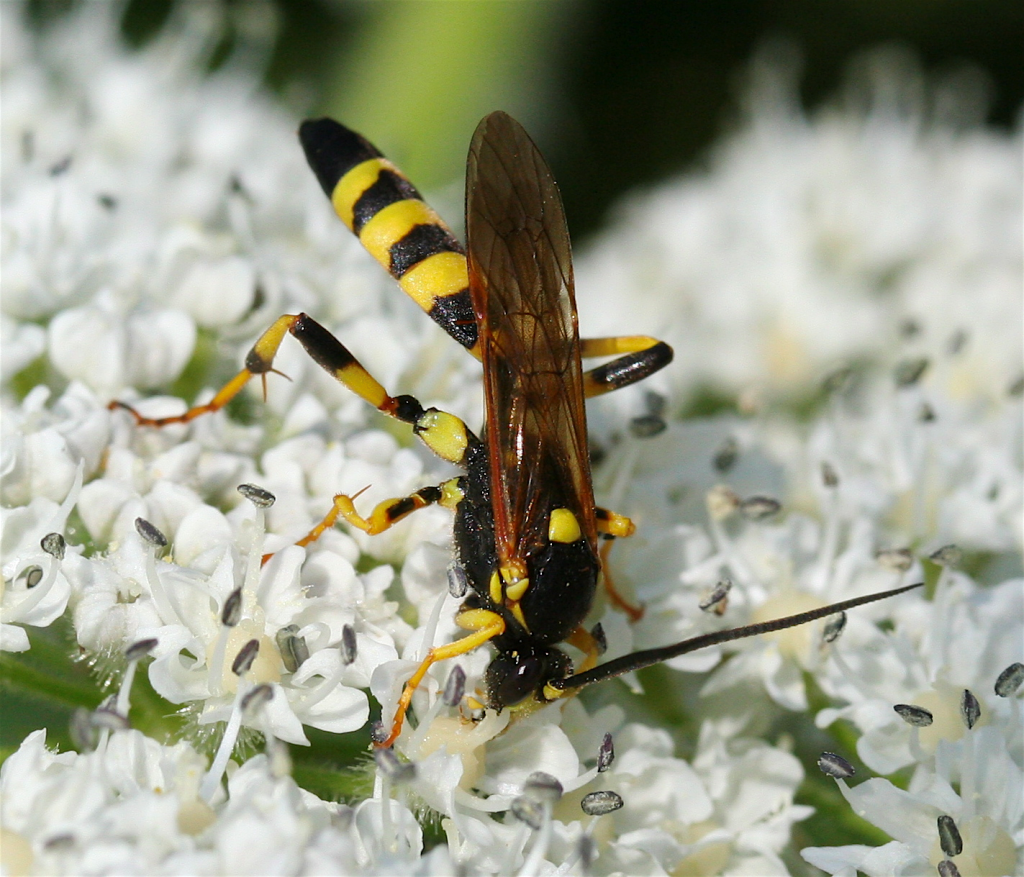
Equipped with long ovipositors, Ichneumonid wasps, also known as Darwin wasps, are adept at laying their eggs inside caterpillars and other insect hosts. As the eggs hatch and the larvae begin feeding on their host, pest populations are effectively controlled.
With over 5,000 species in North America alone, with possibly another 3,000 not yet described, Ichneumonid wasps are a diverse and invaluable group of parasitic insects that play a crucial role in maintaining garden health.
Related: What Are Wasps Good For?
Tachinid Flies (Tachinidae)

Resembling houseflies, tachinid flies are versatile parasitic insects that lay their eggs on various hosts — including caterpillars, beetles, and stink bugs.
Once hatched, the larvae burrow into the host pest and begin consuming it from within, eventually killing it and helping to maintain a healthy balance between harmful and beneficial insects in your garden.
Aphid Midges (Aphidoidea)

These small flies are valuable allies in the battle against aphids — notorious plant sap-suckers that can cause significant damage to your plants.
Aphid midges lay their eggs on aphids, and the emerging larvae feed on the pests once they hatch. As they voraciously consume their aphid hosts — one larva can eat as many as 65 aphids in a day, the midge larvae help to keep these destructive pests under control.
All in all, by fostering a garden that supports the presence of these helpful parasitic insects, you’ll enjoy healthier plants with fewer pest problems while contributing to a more balanced, thriving ecosystem.
Attracting Beneficial Insects
Creating an inviting environment for beneficial insects is crucial for maintaining a healthy garden ecosystem. By attracting these helpful bugs, you’ll not only enjoy healthier plants and a more bountiful harvest but also contribute to the overall biodiversity of your garden.
Here are some practical tips to make your garden a haven for beneficial insects:
- Plant diversity. Cultivate a diverse range of flowering plants, including annuals, perennials, and native species, to attract a variety of pollinators and predators. Select flowers with different shapes, sizes, and colors to cater to the preferences of different insects. Incorporate plants that bloom at various times throughout the growing season to ensure a continuous food supply for your garden’s insect population.
- Native plants. Emphasize native plants in your garden, as they are particularly effective at luring local beneficial insects. These plants have co-evolved with the insects in your region, making them well-suited to fulfill the needs of pollinators, predators, and parasites alike.
- Companion planting. Implement companion planting techniques by placing plants that mutually benefit each other together. Some plants can repel pests or attract beneficial insects, while others may improve soil quality or enhance the flavor and growth of neighboring plants.
- Shelter and habitat. Provide shelter and nesting sites for ground-dwelling predators and other beneficial insects by incorporating rocks, logs, leaf litter, or brush piles into your garden design. These features create microhabitats that can support a diverse range of insects while adding visual interest to your landscape.
- Insect hotels. Provide additional habitat for beneficial insects like solitary bees and ladybugs by constructing or purchasing insect hotels. These structures feature various materials, such as tubes, holes, or small compartments, where insects can find shelter and nesting sites.
- Water sources. Just like all living creatures, insects need water to survive. Provide shallow water sources for beneficial insects by using birdbaths, small dishes filled with pebbles or marbles, or even damp sponges placed around your garden.
- Avoid broad-spectrum pesticides that can harm both pests and beneficial insects. Instead, opt for organic pest control methods such as using insecticidal soaps or oils or employing targeted treatments that focus on specific problem insects.
- Regularly inspect your garden to identify pests and gauge the presence of beneficial insects. This will help you determine if any adjustments are needed in your approach to pest control or habitat enhancement.
We explore these methods in greater detail in our separate article on attracting beneficial insects to your garden — make sure to give it a read! By working with nature rather than against it, you’ll enjoy the rewards of a more sustainable garden.
Related article: Natural Pest Control: 7 Ways to Attract Beneficial Insects to Your Garden
Conclusion
Embracing the benefits of insects in your garden is not just an eco-friendly choice — it’s a smart gardening strategy that can lead to a more productive, sustainable, and beautiful green space.
By understanding the roles of pollinators, predators, and parasites, and employing practical techniques to attract and support these beneficial insects, you can work with nature to create a thriving garden that teems with life. As you cultivate a diverse range of plants and provide the necessary resources for these helpful bugs, you’ll witness the remarkable harmony within your garden’s delicate ecosystem.
So, next time you spot an insect among your blooms, take a moment to appreciate its role in supporting the health and productivity of your garden. By nurturing these tiny allies, you’re contributing to a more balanced and resilient environment for generations to come.
Was it helpful?

Enamored with the world of golf Jack pursued a degree in Golf Course Management at THE Ohio State University. This career path allowed him to work on some of the highest profile golf courses in the country! Due to the pandemic, Jack began Inside The Yard as a side hustle that quickly became his main hustle. Since starting the company, Jack has relocated to a homestead in Central Arkansas where he and his wife raise cattle and two little girls.

